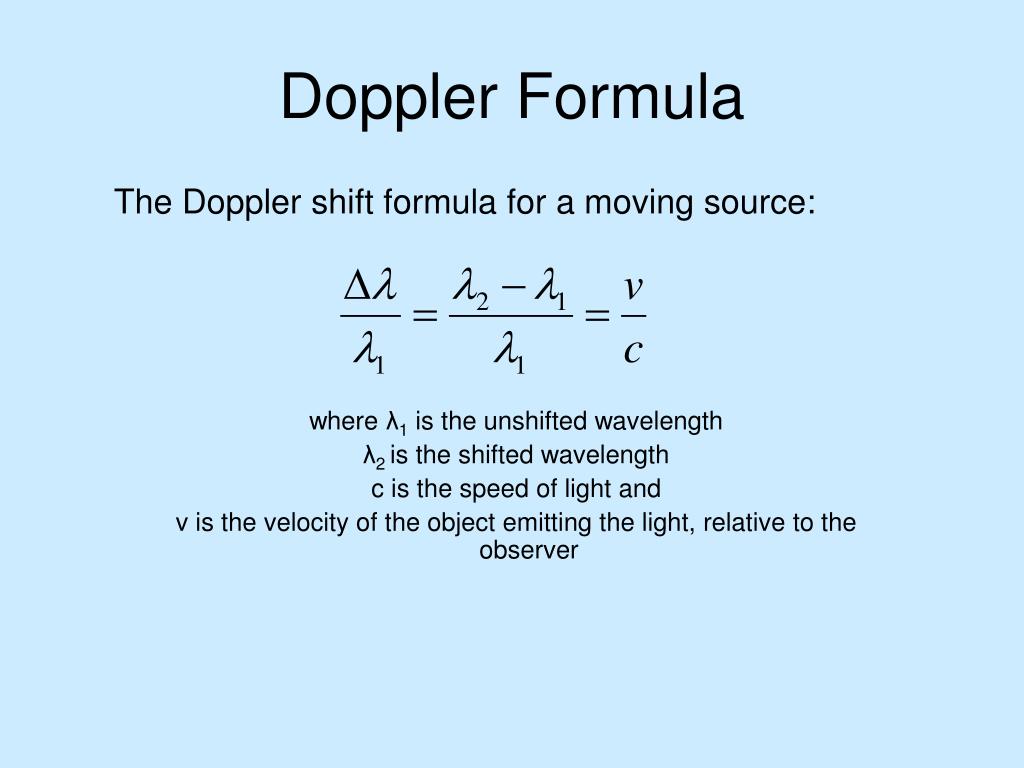

Still, the movement of the target is variating the frequency of the received signal. Thereby indicating a reduction in frequency.īut the frequency of the signal from the transmitter is constant for both the cases. Thus doppler shift will be high in this case.Īs against when the target is moving away from the transmitter then the number of waves received per second gets reduced. And so greater number of waves indicates the increase in frequency. The reason behind this is that due to a stationary position, the waves transmitted every second by the radar will be equivalent to the number of waves received.īut if the target is non-stationary and is moving towards the radar then, in this case, a large number of sound waves will be received by the radar per second after being interacted by the target. We know in case of a stationary object, the frequency of the signal/sound produced by the radar is equivalent to the frequency of the signal/sound received by the radar after interaction with the target in space. Let us first understand in detail about the variation in the frequency with respect to the movement of the target. It is to be noteworthy that here we are discussing the Doppler effect of radar system but it is applicable for all wave motion.

So, the Doppler frequency shift i.e., the difference of originally transmitted frequency to the received frequency shows the speed of the object.

Is Doppler effect applicable for all waves?Īns: Yes, Doppler effect is applicable for all waves, be it a longitudinal wave like a sound wave or a transverse wave like a light wave. Doppler effect only exists when the velocities are in the direction of the line joining the source and the observer. Is the observed frequency different than the natural frequency when the velocities are in direction perpendicular to the line joining the source and the observer?Īns: No change is observed in the observed and the natural frequency when the velocities are in a perpendicular direction.


 0 kommentar(er)
0 kommentar(er)
